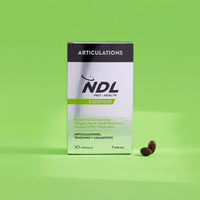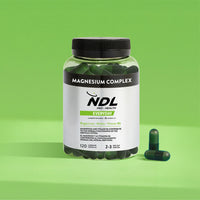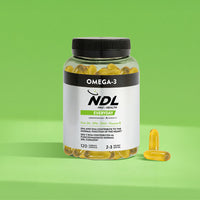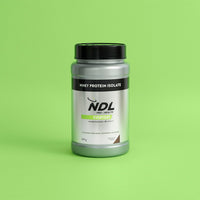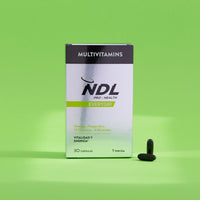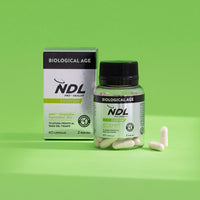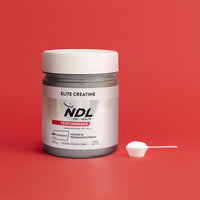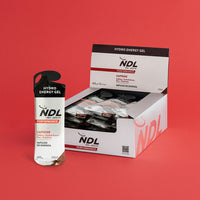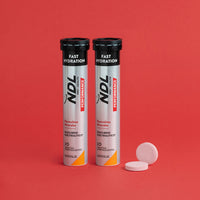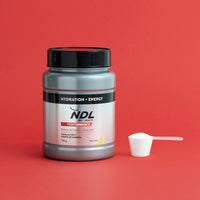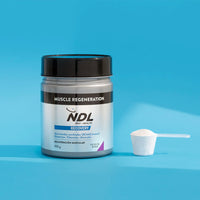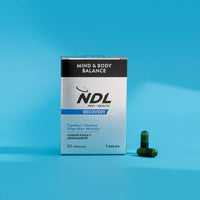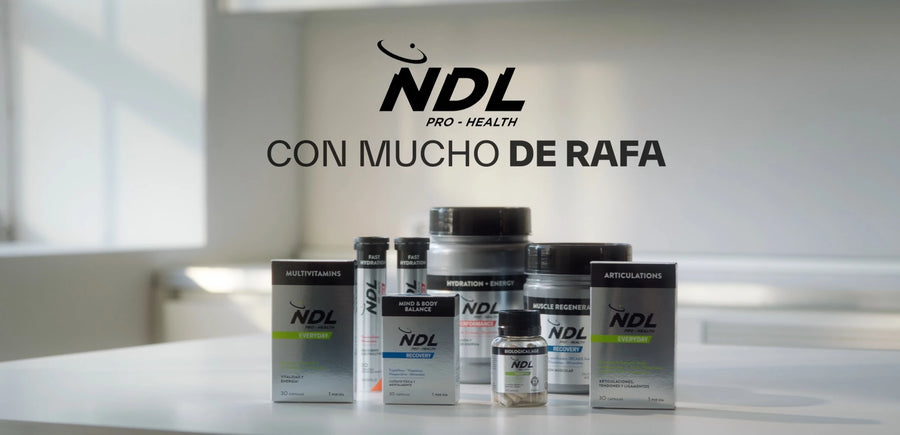Featured Products
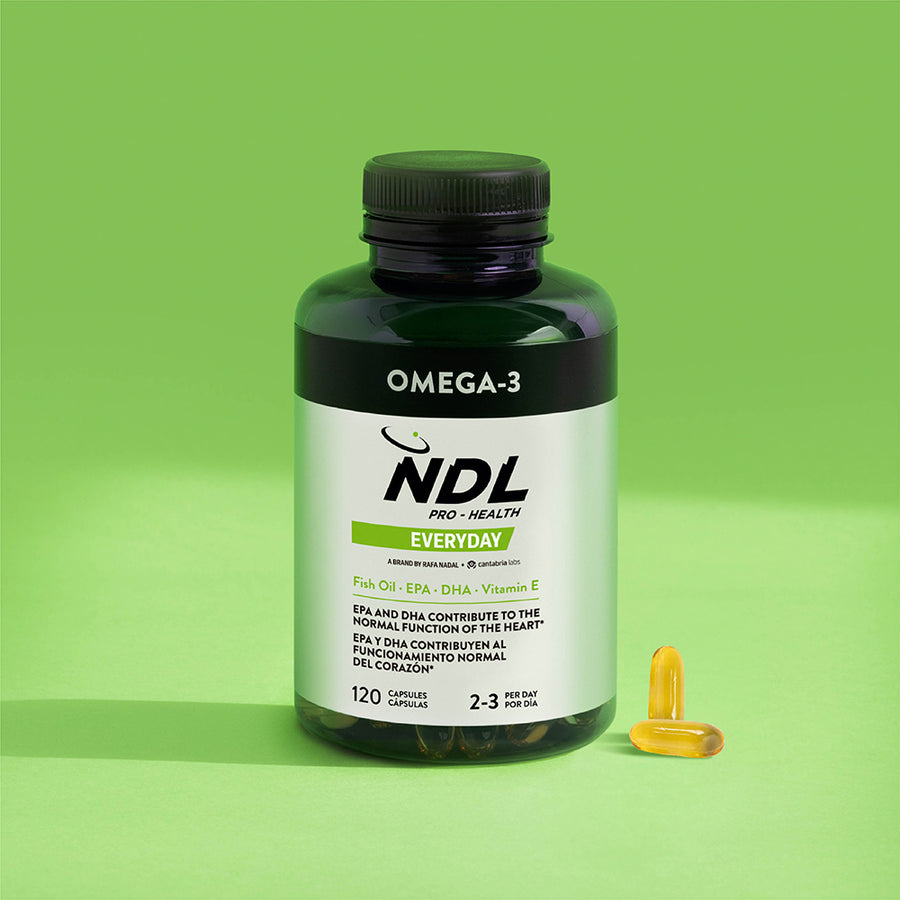
Omega-3 with Vitamin E
See productOmega-3 is an essential nutrient with significant benefits for cardiovascular, brain, and anti-inflammatory health. However, not all Omega-3s are the same.
In this article, we’ll help you choose the best Omega-3 to maximize its benefits, and explain the different types and their sources.
Types of Omega-3 and Their Benefits:
As mentioned earlier, Omega-3 is a type of fat that is important for the body, but it cannot be produced in sufficient amounts, so it must be obtained through diet or supplementation.
Not all Omega-3s are the same—there are three main types, each with specific functions and benefits:
- EPA (Eicosapentaenoic Acid): a type of Omega-3 that plays a key role in reducing inflammation and protecting cardiovascular health. It’s mainly found in fatty fish such as salmon, sardines, and tuna, as well as in fish oil and krill supplements. Its benefits include:
- Reduces inflammation in the body, helping with issues like arthritis and autoimmune diseases.
- Lowers triglyceride levels and improves heart health.
Who should prioritize EPA?: people with cardiovascular issues, chronic inflammation, or those looking to improve their metabolic health can benefit most from EPA.
- DHA (Docosahexaenoic Acid): the main structural component of the brain and retina. It’s essential for cognitive function and eye health. Like EPA, it’s found in fatty fish and supplements such as algae oil. Its benefits include:
- Supports brain development and maintenance, especially in children and older adults.
- Protects vision and helps prevent eye diseases like macular degeneration.
- Improves memory, concentration, and may reduce the risk of cognitive decline with age.
Who should prioritize DHA?: people in developmental stages, seniors, pregnant women, and those looking to enhance brain function.
- ALA (Alpha-Linolenic Acid): found in plant-based foods like flaxseed, chia seeds, walnuts, and canola oil. Unlike EPA and DHA, ALA must be converted by the body into active forms, but this process is very inefficient (about 5–10% to EPA and less than 1% to DHA).
Still, it offers the following benefits:
- Provides antioxidants and cardiovascular benefits by improving cholesterol levels.
- Is a plant-based Omega-3 source for vegetarians and vegans.
- May help reduce inflammation to a lesser extent.
Who should prioritize ALA?: people following a vegetarian or vegan diet can obtain ALA from food, but it is recommended to supplement with algae oil to ensure adequate DHA and EPA intake.
Each type of Omega-3 plays a specific role in the body, so ideally you should get a combination of EPA and DHA from diet or supplements.
Where Does It Come From?
There are several sources of Omega-3, each with unique characteristics in terms of composition, bioavailability, and health benefits:
Fish oil: One of the most common sources of Omega-3, fish oil comes from species like salmon, sardine, or anchovy. Its main advantage is its high content of EPA and DHA, plus high bioavailability and certified options.
Downsides: it can contain contaminants if not purified and is prone to oxidation if not stored properly.

Krill oil: Sourced from small marine crustaceans, krill oil stands out for its superior bioavailability. Its Omega-3s are in phospholipid form, making them easier to absorb. It also contains astaxanthin, a natural antioxidant that prevents oxidation.
Drawbacks: lower concentration of EPA and DHA per dose and a higher price point.
Plant-based Omega-3: Sources like flaxseed, chia, and walnuts provide ALA. However, the body converts only a small amount into essential fatty acids. The exception is algae oil, which provides EPA and DHA directly.
No matter the source, make sure to consume high-quality Omega-3 in adequate amounts to enjoy long-term health benefits.
Key Factors for Choosing a Good Omega-3 Supplement:
At this point, you’re probably wondering what is the best Omega-3 supplement.
To make sure you're choosing a high-quality product that truly supports your health, consider these factors:
1. EPA and DHA content: when buying an Omega-3 supplement, what matters most isn’t the total amount of fish oil but how much EPA and DHA it contains per serving.
How much Omega-3 is recommended per day?: for general health, at least 250–500 mg of combined EPA and DHA is recommended. For cardiovascular health, around 1,000 mg per day. For inflammation or joint pain, 2,000–3,000 mg per day.
2. Purity and certifications: Omega-3 from marine sources may be exposed to contaminants like mercury, dioxins, and heavy metals. Choose purified products certified by independent organizations.
Look for these quality certifications:
- IFOS (International Fish Oil Standards): ensures purity and potency of Omega-3.
- GOED (Global Organization for EPA and DHA Omega-3): certifies quality and sustainability.
- GMP (Good Manufacturing Practices): ensures proper production standards.
3. Stability and freshness: Omega-3 is highly sensitive to oxidation, which can reduce its effectiveness and even make it harmful to health.
How to tell if Omega-3 is still good?: smell test — if it smells like rancid fish, it’s probably oxidized. Look for supplements that contain vitamin E to prevent oxidation and store them in a cool, dry place.
4. Ease of consumption: supplement format can greatly affect convenience and adherence. The most common formats are:
- Softgels: the most popular option, tasteless and easy to swallow.
- Liquid: ideal for those who have trouble swallowing pills but may have a stronger taste.
If softgels are too large, look for enteric-coated options that are easier to digest and help avoid fishy aftertaste.
In conclusion, to choose the best Omega-3 supplement, prioritize products with sufficient EPA and DHA content, from pure and certified sources. Opt for high absorption formats and ensure they’re fresh and well-preserved. A high-quality Omega-3 will make a real difference in your health.
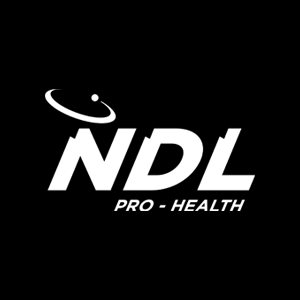
From the NDL Pro-Health team we will provide you with tips to maintain a healthy lifestyle. Sharing knowledge and product recommendations to offer optimal solutions for your daily routine, for your workouts and subsequent recovery, all with the goal of helping you achieve physical and mental wellness.

